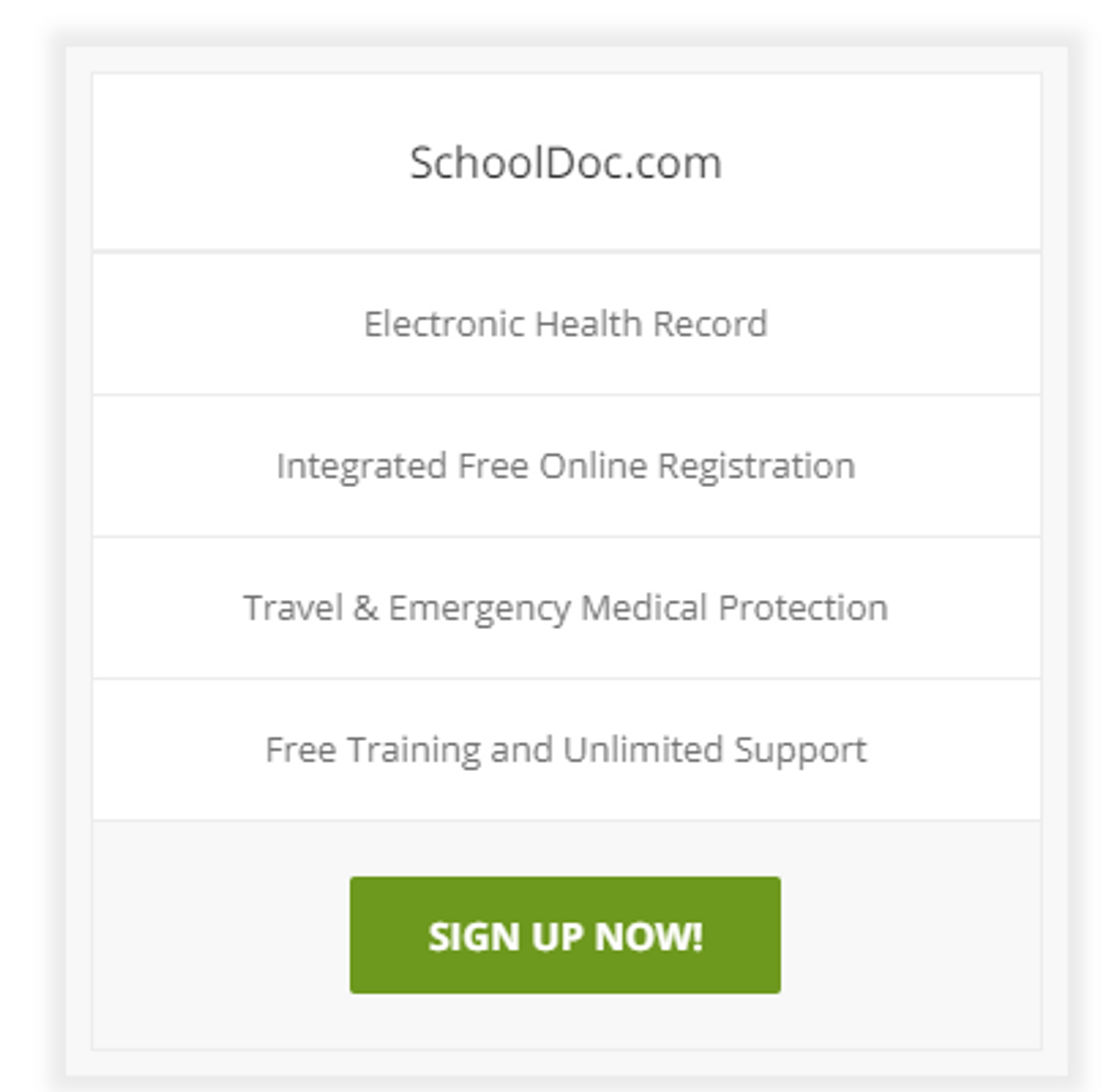SchoolDoc.com is a School Management Software. SchoolDoc.com offers Students Portal, Student Information (Records), Special Education, School District, Parent Portal and many more functionalities.
Some top alternatives to SchoolDoc.com includes PowerSchool, Schoollog, eSM School Management, SchoolDocs and eStudent.
Yes, SchoolDoc.com provides API.
No, SchoolDoc.com doesn't provide mobile app.
SchoolDoc.com is located in Ann Arbor, Michigan
SchoolDoc.com offers Quotation Based pricing model
The starting price is not disclosed by SchoolDoc.com. You can visit SchoolDoc.com pricing page to get the latest pricing.














